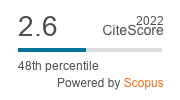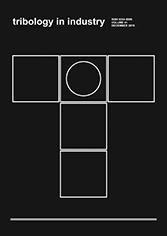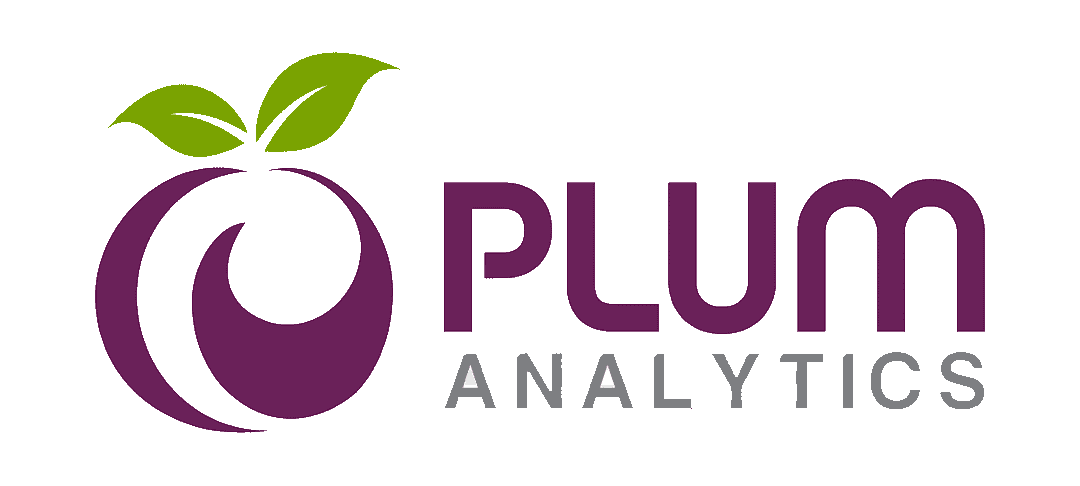Volume 47, No 3, 2025, Pages 414-425
Minimizing Cam Surface Deformation Using Modified Geometry Under Point Contact Elastohydrodynamic Lubrication
Authors:
Amjad Al-Hamood ![]() Zahraa Al-Dujaili
Zahraa Al-Dujaili ![]() ,
Moneer Tolephih
,
Moneer Tolephih ![]() ,
,
Hakim S. Sultan Aljibori ![]() ,
Hazim Jamali
,
Hazim Jamali ![]() ,
Oday Abdullah
,
Oday Abdullah ![]() ,
,
Nadica Stojanovic ![]()
![]()
DOI: 10.24874/ti.1931.04.25.07
Received: 7 April 2025
Revised: 28 May 2025
Accepted: 15 July 2025
Published: 15 September 2025
Abstract:
The cam and follower mechanism is commonly used in converting rotational motion into reciprocating motion in a large variety of applications. In general, the contact between the cam and its follower is a non-conformal contact, which results in an elastohydrodynamic lubrication contact regime. In this study, the elastohydrodynamic lubrication problem of the cam and flat-faced follower is investigated in order to reduce the elastic deformation of the contacting surfaces based on using different surface geometries. The effects of using three forms of transverse geometrical modifications are investigated, which are whole parabolic depth, linear chamfer, and parabolic chamfer. The contact problem is solved numerically using the differential deflection coupled method based on the finite difference method. The solution involves the determination of the radius of relative curvature, the load, and the surface velocities at the contact point. The results show that the surface deformation is affected significantly by the type of modification. The parabolic chamfer is the best form in minimizing the surface deformation, resulting in about 3.8 Ám maximum deformation in comparison with 4.3 Ám and 5.1 Ám when the linear chamfer and whole parabolic profile are used, respectively. Furthermore, the parabolic chamfer reduces the maximum pressure value significantly.
Keywords:
Cam, Flat follower, Modified depth, Surface deformation, EHL





